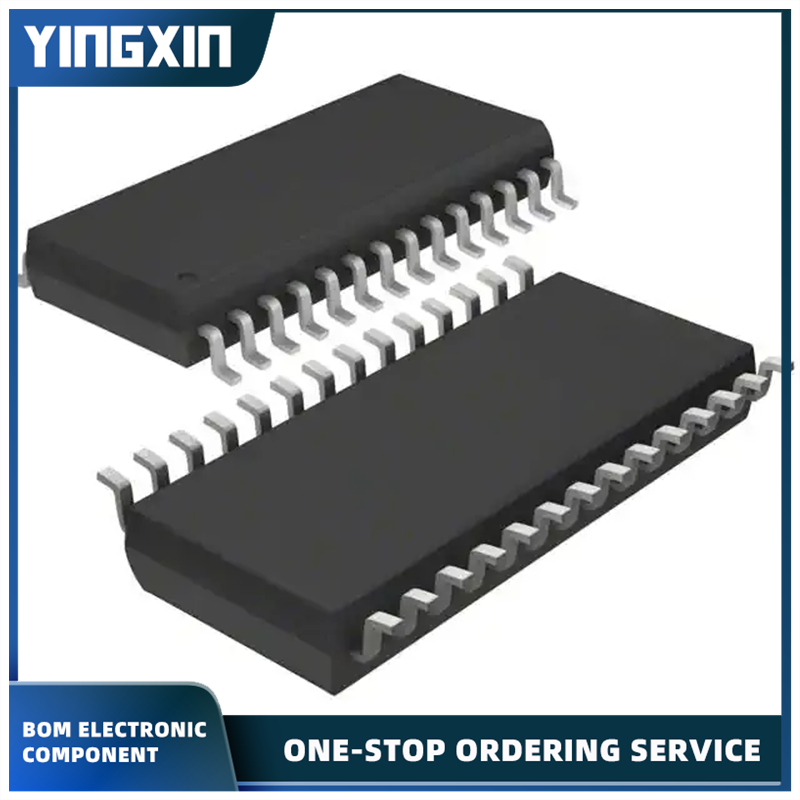The world of technology is constantly evolving, and one of the most exciting developments in recent years has been the rise of 3D electronic components. These cutting-edge components are revolutionizing the way we think about electronics, offering new possibilities for design, performance, and functionality. In this blog, we’ll take a closer look at 3D electronic components and explore their potential impact on the future of technology.
So, what exactly are 3D electronic components? Put simply, they are electronic parts and devices that are designed and manufactured using 3D printing technology. This means that instead of being made using traditional manufacturing methods, such as injection molding or machining, these components are built up layer by layer using additive manufacturing techniques. This allows for a level of intricacy and complexity that is simply not possible with traditional manufacturing, opening up new possibilities for the design and performance of electronic devices.
One of the key advantages of 3D electronic components is their ability to be customized and optimized for specific applications. Because they are built layer by layer, designers have a much greater degree of freedom when it comes to creating complex, intricate geometries. This means that components can be tailored to fit specific form factors, optimize performance, and even incorporate features that would be impossible to produce using traditional manufacturing methods. In other words, 3D electronic components enable a level of customization and optimization that was previously unimaginable, paving the way for new and innovative electronic devices.
Another key benefit of 3D electronic components is their potential to improve the performance and functionality of electronic devices. By using 3D printing technology, it is possible to create components with extremely precise geometries and intricate internal structures. This opens up new possibilities for creating devices with improved thermal management, enhanced electrical performance, and even the integration of multiple functions into a single component. In other words, 3D electronic components have the potential to enable a new generation of electronic devices that are smaller, more powerful, and more versatile than ever before.
In addition to their potential performance benefits, 3D electronic components also offer advantages when it comes to sustainability and environmental impact. Traditional manufacturing methods typically produce a significant amount of waste material, as well as consuming large amounts of energy and resources. In contrast, 3D printing technology is much more resource-efficient, producing minimal waste and requiring fewer raw materials. This means that 3D electronic components have the potential to not only improve the performance of electronic devices, but also reduce their environmental footprint—a crucial benefit in an age of increasing concern about sustainability.
Of course, as with any new technology, there are still challenges and limitations that need to be addressed before 3D electronic components can become mainstream. For example, while 3D printing technology has advanced rapidly in recent years, there are still limitations when it comes to the materials and processes that can be used to create electronic components. Additionally, there are also challenges when it comes to quality control, reliability, and scalability—issues that will need to be addressed before 3D electronic components can be widely adopted in the electronics industry.
Despite these challenges, the potential of 3D electronic components is truly exciting, and the technology is already making waves in a variety of industries. From the aerospace and automotive sectors to consumer electronics and medical devices, 3D electronic components are already being used to create innovative new products that push the boundaries of what is possible. As the technology continues to mature and advance, it is likely that we will see even more groundbreaking applications in the years to come, as 3D electronic components revolutionize the way we think about electronics.
In conclusion, 3D electronic components are a truly transformative technology that has the potential to revolutionize the way we design, manufacture, and use electronic devices. By enabling new levels of customization, optimization, and performance, 3D electronic components are opening up new possibilities for the future of technology. While there are still challenges and limitations to be overcome, the potential benefits of 3D electronic components are clear, and it is likely that we will continue to see exciting new developments in the years to come. As technology continues to evolve, 3D electronic components will undoubtedly play a key role in shaping the future of electronics, driving innovation and opening up new possibilities for the design and performance of electronic devices.
Post time: Mar-01-2024

